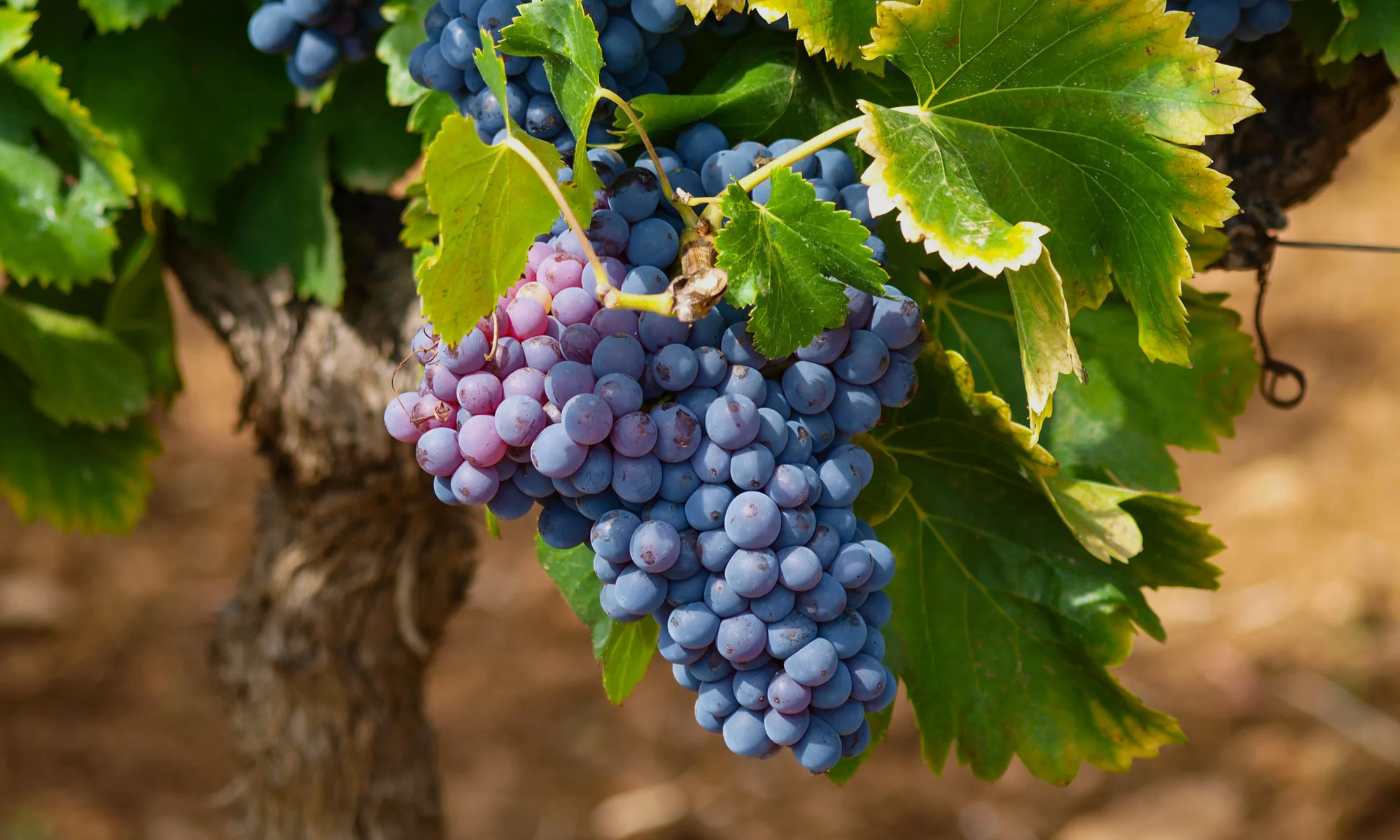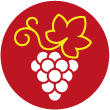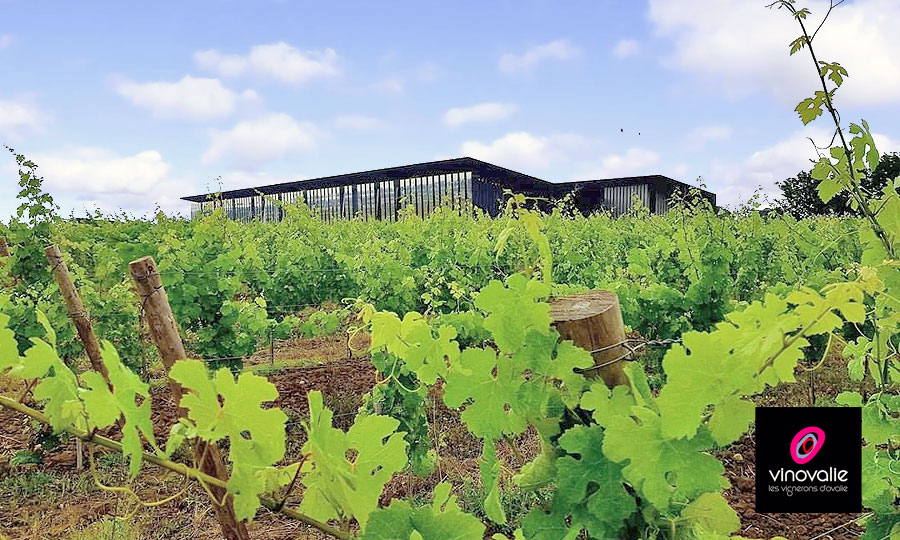vinovalie is one of the large cooperatives in Occitanie promoting wines from the southwest. It is distinguished by its presence in three major appellations: Gaillac, Cahors et Fronton.
Vinovalie, three great terroirs
vinovalie was created in 2006 by the merger of four cooperative cellars located in wine-growing areas near Toulouse. Each located in a well-known appellation, their grouping today forms a remarkable showcase of great wines of the southwest. Indeed, federated under a common brand, the cuvées signed vinovalie focus on the expression of three major terroirs: Gaillac, Fronton et Cahors. Although they are closely related geographically, these three appellations are distinguished by well-defined local specificities. If soils and microclimates contribute to their distinction, they are also the identity grape varieties, typical of each of these wine-growing lands, which forge its character. The work would be incomplete without taking into account the community of women and men: four hundred winegrowers contribute in concert to the expression of a federation of vineyards spread over 3800 hectares.
Gaillac vineyard
Le Gaillac vineyard, active since antiquity, is one of the oldest in the southwest. In vinovalie, the appellation is represented by the meeting of Técou cellars as well as Rabastens. They mark out the motorway between Toulouse and Albi in turn, and manage around 1800 hectares of vines. The size of this vineyard is up to the wine variety that characterizes the appellation. The Gaillac vineyard is indeed known for the diversity of its wines. There are no less than seven types, distributed between still wines and sparkling wines. This variation is supported by winemaking techniques that enhance local grape varieties. AT Gaillac in fact, native grape varieties are dominant, both for red wines and for rosé wines or white wines. This is how Duras, Prunelard, Braucol, Loin de l'Œil, Mauzac and other Tarn grape varieties find their true expressions in Vinovalie cellars. Especially since the Técou cellar is a pioneer in barrel aging. This is evidenced by its remarkable cellar which is on display from the glazed overhang of the tasting room.
vineyard of Fronton
Neighbor of that of Gaillac, the vineyard Fronton is very different by its soils and its grape variety. Here, the Négrette is the foundation of all wines. It is available there in red wine and rosé wine. With a strong identity and a nose, the Négrette is vinified then aged on the historic site of the Cellar Fronton. Smaller in size, the vineyard has 900 hectares cultivated by 120 winegrowers. If the wine of Fronton is often thought of as red, this is to forget that the terroir produces some of the most interesting rosé wines in the southwest. vinovalie sign in this color of the reference cuvées.
Cahors vineyard
On the vineyard of Cahors, the establishment of vinovalie was made by integrating the Côtes d'Olt cooperative cellar. The history of this winery is not trivial: founded in 1947, it contributed to the rebirth of the vineyard after the dreaded phylloxera crisis. In Cahors, the tutelary grape variety of the appellation is Malbec, otherwise known as Côt. Its simple name is almost a synonym for all Cahors wines. On this terroir of highly qualitative red wines, vinovalie vinifies several prestigious chateaux and estates. Among these are the Chateau Les Bouysses, Chateau Les Rigalets or even Cayx Castle, property of the Crown of Denmark.






